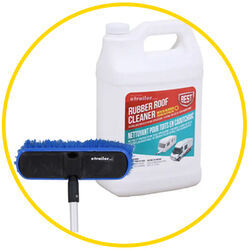
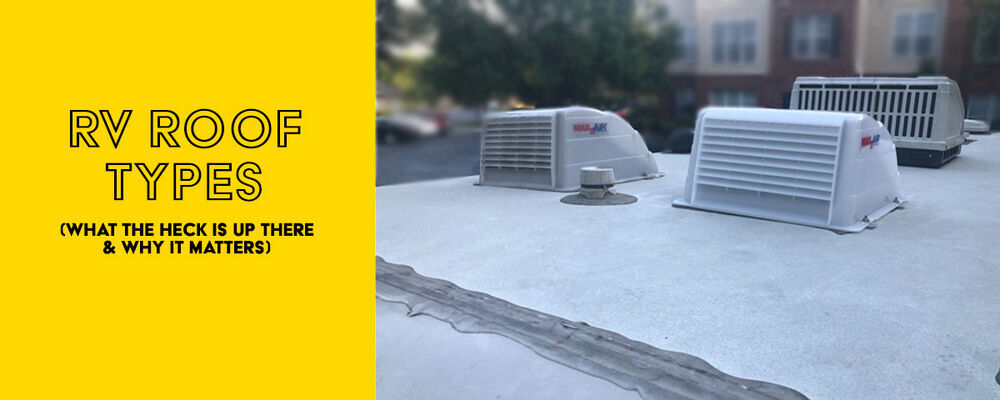
RV Roof Types: What Type of Roof Does My RV Have?
Rubber (EPDM or TPO) - Most Common PVC (not your pipes) Fiberglass Aluminum
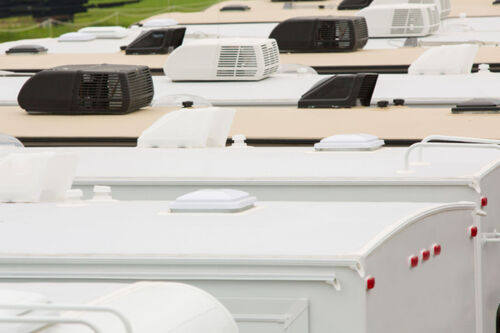
Rubber RV Roofs: EPDM & TPO
Unscrew your roof vent inside your RV. There is likely a section of roof membrane stapled to the inside of the RV. Remove a couple of staples, just enough to fold back the roof section, and determine if the material is one color on both sides or not. If it's all one solid color, it's a TPO roof. If it's two different colors (such as white on one side and black on the other), it's EPDM. EPDM is also generally chalky, while TPO is glossy. You can also unscrew a short section of your roof's trim piece and fold back a small section of the roof material there. Again, if it's one solid color, it's TPO. If it's different colors on either side, it's EPDM.
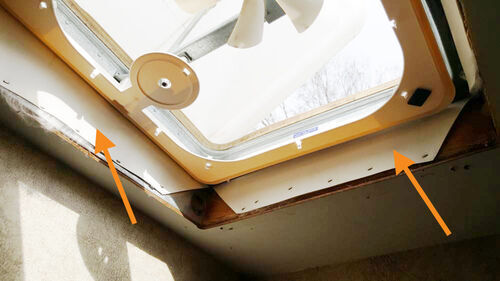
Cleaning & Maintaining a Rubber RV Roof
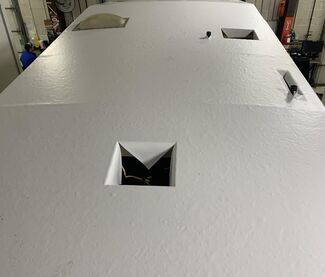
PVC RV Roofs
How to Tell If You Have a PVC RV Roof
Cleaning & Maintaining a PVC Roof
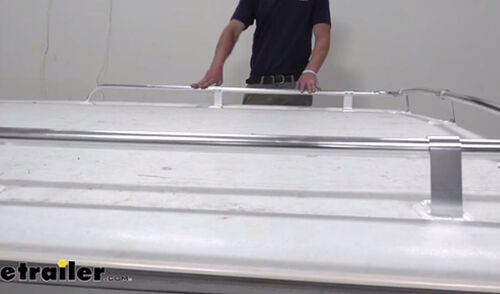
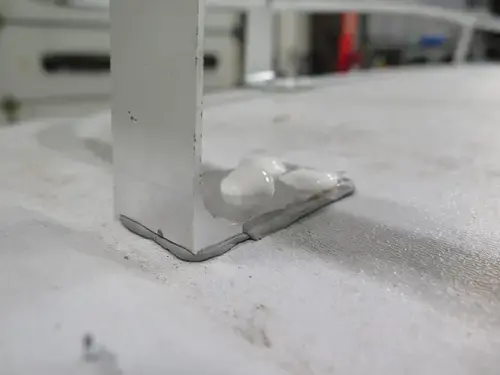
Fiberglass RV Roofs
How to Tell If You Have a Fiberglass RV Roof
Cleaning & Maintaining a Fiberglass Roof
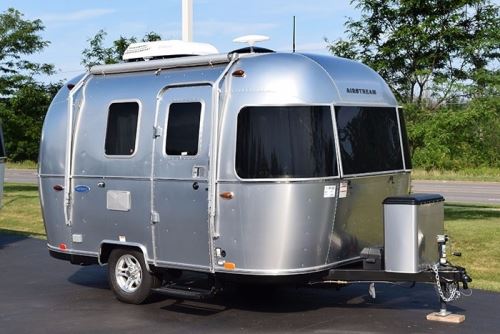
Aluminum RV Roofs
Cleaning & Maintaining an Aluminum RV Roof
Replacing an RV Roof: What's the Best Roof Material to Use?
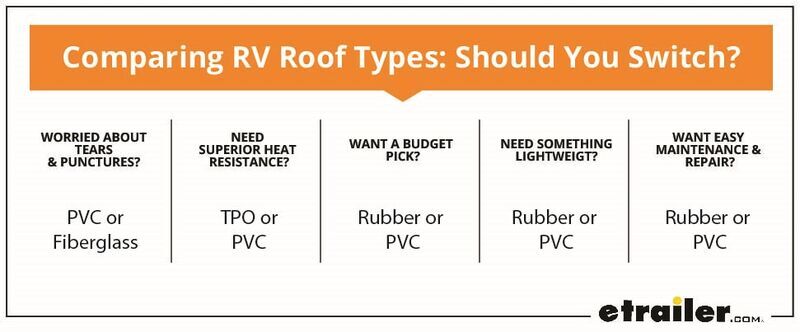
For Tear/Puncture Resistance

For Heat Resistance
For a Budget Pick

If Weight is an Issue

For Easy Maintenance and Repair

Departments
Towing
- Trailer Hitch
- Fifth Wheel
- Gooseneck
- Towing a Vehicle
- Front Hitch
- RV Hitch
- ATV Hitch
- HD Truck Hitch
- Vehicle Wiring
- Brake Controller
- Ball Mounts
- Weight Distribution
Sports and Recreation
Trailer Parts
- Utility Trailer
- Boat Trailer
- Landscape Trailer
- Enclosed Trailer
- 5th/Camper Trailer
- Car Hauler
- Horse Trailer
Vehicle
Contact & Help

Popular Vehicles
- Subaru Forester
- Ford F-350 Super Duty
- Ford F-250 Super Duty
- Chevrolet Silverado 1500
- Jeep Wrangler Unlimited
- Jeep Wrangler
- Ram 3500
- Toyota Highlander
- Ram 2500
- Chevrolet Silverado 2500
- Subaru Outback Wagon
- Chevrolet Silverado
- Dodge Ram Pickup
- GMC Sierra 2500
- Ram 1500
- Ford F-250 and F-350 Super Duty
- Jeep Grand Cherokee
- Toyota Tacoma
- GMC Sierra 3500
- Toyota Tundra
- Ford Escape
- More >>


